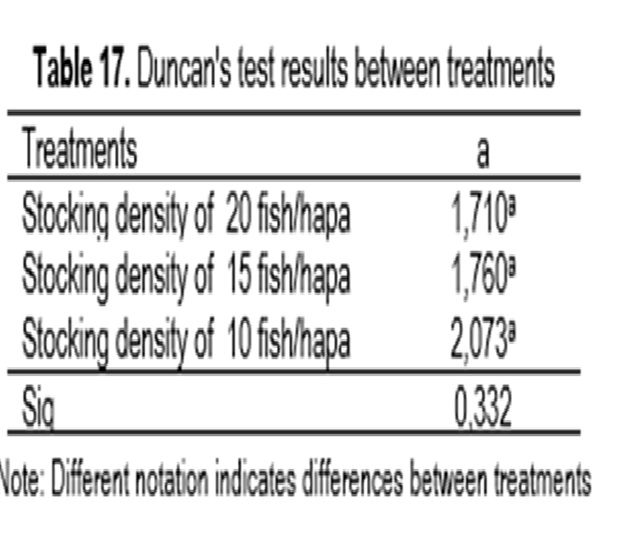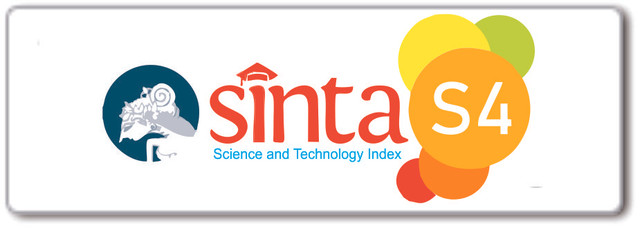Growth Performance of White Snapper (Lates calcarifer) With Different Stocking Density in Hapa at Hatchery Laboratory Tual State Fisheries Polytechnic
Abstract
Maluku are known as the national fish barn and the largest fishing centre in Indonesia. One type of fish caught in Maluku is white snapper (Lates calcarifer), which is in high demand in the market. Therefore, intensification of aquaculture is essential. Determining factors for successful aquaculture include the stocking density of fry in aquaculture containers. The objective of this study was to determine effect of the stocking density on growth performance of white snapper cultivated in hapa. This observation took place over a month at the Hatchery Laboratory of the Aquaculture Technology Study Programme at the Tual State Fisheries Polytechnic. This study was used a completely randomised factorial design consisting of stocking densities of 10 fish/hapa, 15 fish/hapa, and 20 fish per hapa. Each treatment was repeated three times. The white snapper fish were obtained from the Tual Marine Cultivation Centre with a uniform size of 5-6 cm. The fish were cultivated in 40x40x40 cm hapa in fibre tanks using the RAS method and were fed commercial feed ad libitum. The growth parameters measured were length, weight, and growth rate of the fish. The data were analysed using one-way analysis of variance and followed by the DMRT test in the SPSS 22.0 program. The results showed that stocking density had a significant effect on the growth of white snapper during cultivation. The stocking density treatment of 10 fish/hapa had higher length and weight measurements each week of observation compared to other treatments. Thus, the lower the stocking density of white snapper in the hapa, the higher its growth. To achieve optimal growth in aquaculture, it is recommended to use a low stocking density of fish.
Downloads

Copyright (c) 2025 Helena Afia Sahusilawane, Mariana Y Beruatjaan, Nally Y G F Erbabley, Jakomina Metengun, Juliana E Kilmanun

This work is licensed under a Creative Commons Attribution-NonCommercial-ShareAlike 4.0 International License.
Authors who publish with BIOEDUPAT: Pattimura Journal of Biology and Learning agree to the following terms:
- Authors retain copyright and grant the journal right of first publication with the work simultaneously licensed under a Creative Commons Attribution License (CC BY-NC-SA 4.0) that allows others to share the work with an acknowledgment of the work's authorship and initial publication in this journal.
- Authors are able to enter into separate, additional contractual arrangements for the non-exclusive distribution of the journal's published version of the work (e.g., post it to an institutional repository or publish it in a book), with an acknowledgment of its initial publication in this journal.
- Authors are permitted and encouraged to post their work online (e.g., in institutional repositories or on their website) prior to and during the submission process, as it can lead to productive exchanges, as well as earlier and greater citation of published work.








 This work is licensed under a
This work is licensed under a 